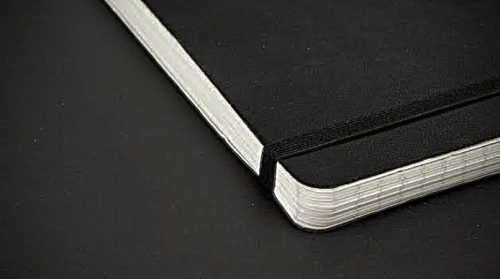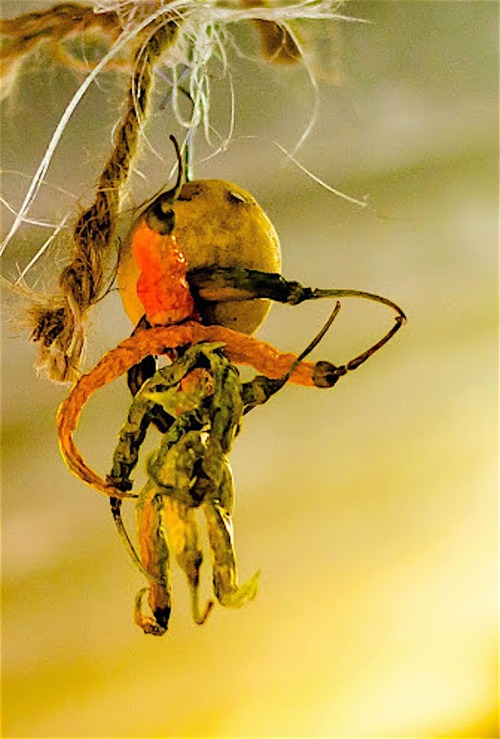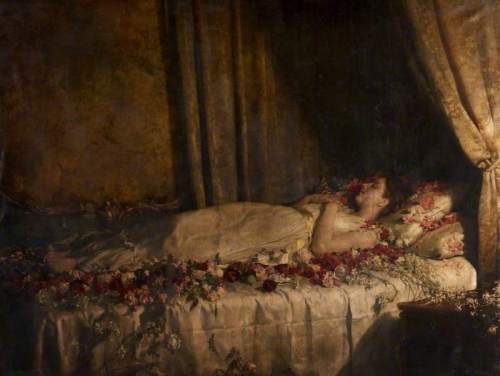
It is strange to think that there was once a time when you could pretty much recognize what perfume someone was wearing because there was only a limited number of perfumes that they could wear. If they weren’t wearing one of the Lynx anti-perspirant sprays (now Axe), a Superdrug cheapie like Hai Karate or Brut, an Adidas number, or a Sure deodorant stick – actually quite a beautiful smell like a tribute to Shalimar – then the boys at school would definitely have on something you knew by heart – it could be Jazz, Kouros, or Paco Rabanne. There simply weren’t that many fragrances around: at the local department store (there was no ‘online’), each couture house – there were no visible independent brands, nor heritage Gentleman’s apothecaries in my town either – had a limited number of creations on their roster that you came to either love or reject. At Chanel you had Monsieur (a favourite) and Antaeus – too hard-bodied and intent for me for the time; at Givenchy, Gentleman – a perfume I fell in love with – and Monsieur, which was just too civet-lemon and ‘elderly’ for me at the time, and which nobody else at school would ever have considered wearing for a moment either for fear of smelling like a nonce. Each stand at Beatties, the department store that my mum worked for in Jaeger upstairs – had one or two fragrances for men only; at Rabanne you had the signature fragrance that everybody loved (including me), and the wonderful Sport – which I reviewed the other day. Armani had one – Pour Homme, my first fragrance love; Dior had none that I was aware of initially until Fahrenheit came along and rocked the masculine universe ( I went crazy for that one too). There was Quorum; Polo (my brother’s). Aramis had its legendary eponymous scent of wannabe oligarch – which some boys said the girls loved on them and which I tried once or twice but found too sour; and then, around 1986 or so in the UK the company brought out the far more preferable Tuscany.

1986 was also the year that Merchant Ivory released their masterpiece, multiple Academy Award winning picture A Room With A View: a beautiful, romantic adaption of E.M Forster’s novel that showed Florence and the surrounding landscape in Tuscany at its very finest – although secretly, all I cared about really was Maurice

– the author’s posthumously published novel on homosexual love that Merchant Ivory also adapted and which in truth was one of my main impetuses for wanting to go to Cambridge ( I had to believe that love was possible for me, and this looked like an impossibly romantic place that I would find it. The importance of this film in my own personal life story can never be overstated).

Whereas a lot of period pictures these days featuring British stately homes and the calcified upper classes often fall into ersatz Costume Department replication and whitewashed colonial nostalgia, there is something very different about Merchant Ivory films that put them in a league of their own (the incisive dialogue; the perfect but not overly laboured-over visuals and exquisitely perfect details in every frame; the brilliant acting, the sweep of their productions) – that makes their films incomparable to any other literary adaptations of their ilk. A Room With A View, with its panoramic Florentine vistas; its gentle humour and soaring operatic arias, was certainly enough to make any fifteen year old boy’s heart swoon alongside Helena Bonham Carter over Julian Sands in a field of swaying poppies. It also made me start thinking about going to Italy.

As a gaunt, vegetarian eighteen year old with literary pretensions – waxing very lyrically over Wuthering Heights, Keats and Tennessee Williams plays during my English literature classes (pictured, above left), after years of increasingly unbearable tension, I finally came out one evening to my friend Sarah – who took this picture of me and her brother and his girlfriend of the time – while washing the dishes on a Friday night at an Italian restaurant in Solihull (where we had part time student jobs making starters and desserts and cleaning and were insulted and shouted at by stereotypical mobster-like Italians back in the kitchen). It was one of those situations. She had had a crush on me, and was also going out with Darren, who I liked, (and who, it turned out, miraculously also had a crush on me, to my rapturous astonishment when she told me as we were constructing a shrimp salad or overpriced vinaigrette avocado). Realizing it was impossible for her, she had the generosity to introduce us to each other and thus I had my first proper falling in love and appalling heartbreak, all in secret, all during my entrance exams, with the exception of my few loyal confidantes.
That summer, she and I also went to Rome, Tuscany and Umbria, arguing quite a bit and irritating each other (in later years we have failed to meet up, one of the reasons being that she once chose to say to me ‘I prefer to remember you as you were’, something I will never forgive her for), but I do still have good memories; I see us in my mind’s eye rushing into the flocks of pigeons in St Peter’s Square at the Vatican like lovers in a Robert Doisneau photograph; passionately alive; seeing the cypresses and hills at San Gimignano; and deciding that if I did get into Cambridge, which was all I could think about at that point, I would soon be dropping German with its impossible grammatical rules and noun endings and study Italian instead, eventually studying in Florence; and then living a truly magical year in Rome.
Tuscany the perfume, was an obvious fit. At that time I was into wearing loose linen white or cream-coloured shirts (as was D, up in Norwich, although of course I didn’t know him then; but he would also spend his Saturday afternoons cycling around the antique shops and second hand clothing stores, reading poetry in church graveyards and buying collarless grandad shirts). Around the release of Tuscany, there was a definite bifurcation of culture in the UK in terms of music, taste: everything, and he was definitely in my tribe. The charts had been a smorgasbord for many years prior to 1985; Siouxsie & The Banshees, The Cure, The Smiths, Echo & The Bunnymen could all have top ten hits, happily coexisting with the poppier fare; around the middle of the decade, however, it became something like an English version of the movie Heathers; kids divided into ‘casuals’ or ‘alternatives”, everyone with their immature and adolescent (and ultimately insecure) disdain for the other side. The ‘Kevins’ and the ‘Traceys’ liked the top 5 hits, they liked Whitney Houston and Starship; Phil Collins. Rick Astley. They wore pastel clothes and had mullets; highlights; white shoes. Scent-wise, it was all about Jazz and Dunhill; torrid bitter machos that the girls lapped up like no tomorrow in their sweet-lipped Exclamation! Impulse body sprays, and Red Door. I shuddered. I was far more into The Associates and David Sylvian, the elegance of Christian Dior Eau Sauvage, which was one of the first fragrances I sampled that I felt didn’t define me as photo-granite-jawed like all the bonehead action heroes of the time such as Mel Gibson and the dreaded Arnold Schwarzenegger ( I just wanted floppy haired male beauties). Tuscany, therefore, was ideal. It had grace and style, was aspirational (a house in Siena); felt organic and fresh. Most importantly, everybody loved it on me – and several other friends then started wearing it as well, because, as I say, there really weren’t that many fragrances around to choose from; if it was good, it got around. Pre-Obsession, which, as I have written about before, was a definite turning point for me, the time when I reclaimed what was mine and would no brook no more ambiguity about my sexual identity or the person I was (i.e.. not a total knucklehead), it was Tuscany, that for a few summers, had the crown. I can see myself on August nights, getting ready to go out, looking in the mirror and splashing Tuscany onto my shoulders and neck before getting dressed. Satisfied. Immersing myself in its herbal pleasures. Its gleaming citrus. At that time, no one spoke of notes or what was in a perfume (adding to its mystery, actually – you simply smelled it and liked it or you didn’t), marvelling at the unknowability therein, getting to know it in all of its stages throughout the day and which parts you liked best. Perfumes were also a lot more complex and layered then as well; they had taken years to come to fruition; they were deliberately built to be monuments meant to last……….)
It is the lemon and bergamot I loved in Tuscany, I think, that crisp top accord glinting on lavender and lime and a subtle underlay of tarragon and anise, basil, and orange blossom; clean, but with depth; a gently aromatic wood base of patchouli, tonka bean, sandalwood and cinnamon, though to me it just smelled of sun and skin and (semi)-oblivious youthful happiness. I haven’t smelled the reformulation recently (this perfume is still sold everywhere, attesting to the quality of its construction ), but I do know that the original had an effortlessness to it that felt very natural; it was a perfume that flowed.
























































